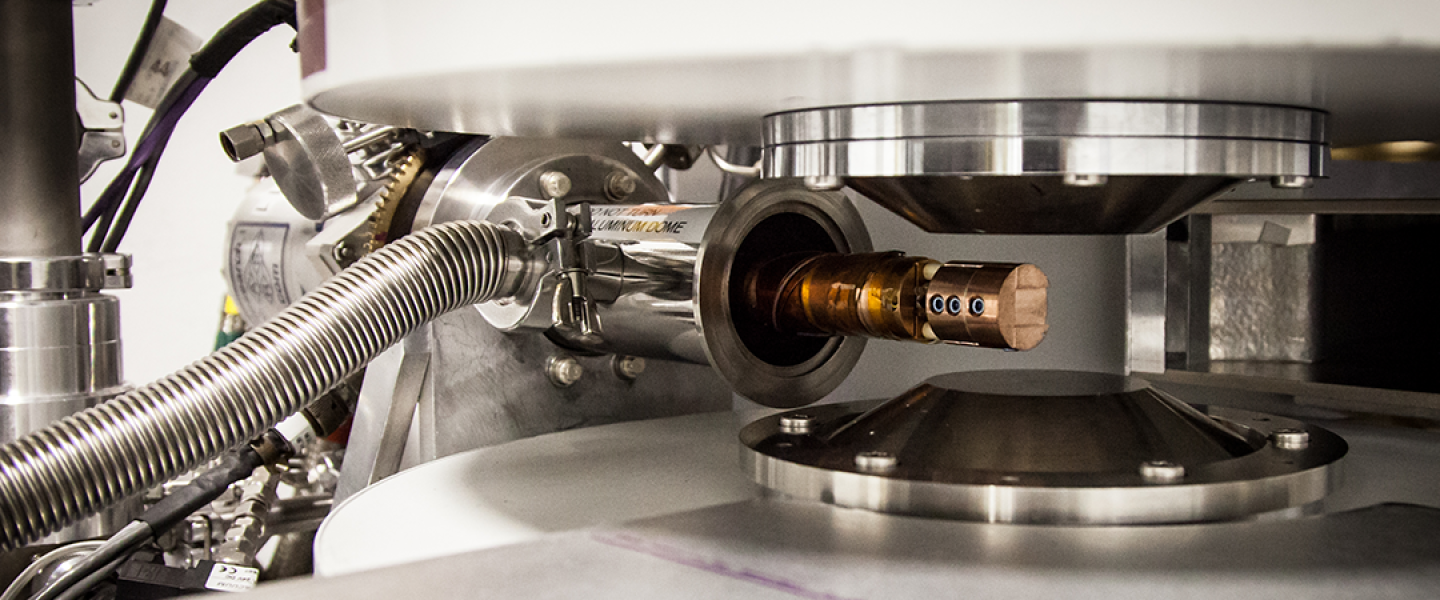


The beam line staff is committed to provide users with analyzable data and the tools to analyze specular reflection data at the conclusion of the experiment.
Tools to seamlessly import data from the Magnetism Reflectometer into GENX ( http://genx.sourceforge.net/)—a tool to fit specular reflection data— and tutorials on how to use the tools are available below.
In general, our expectation is that a successful experiment will produce a publication. Our data show that 99% of publications from the Magnetism Reflectometer have required at least 4 days of beam time and 67% at least 6 days. Users are encouraged to outline a compelling need for polarized neutron beams in their proposals, and to request sufficient beam time to succeed. Users who wish to conduct a “proof-of-principle” experiment should request one day.
Proposals will be evaluated for (1) scientific quality and credibility of the project plan to succeed, and (2) compelling need for polarized neutron beams.
Users requiring unpolarized neutron beams are invited to apply to the Liquids Reflectometer for reflectometry or the BioSANS beam line for GISANS. Users requiring thin film diffraction should consider appropriate options at HFIR including HB-1A and CTAX or CORELLI at SNS. Please contact the instrument staff for additional guidance.
Reference Documents
Frequently Asked Questions
Experiments:
How do I arrange to do an experiment at SNS?
In what range of temperatures and magnetic fields will my experiment run?
The MR closed-cycle helium refrigerator has a temperature range between 4.2 and 750 K. To accommodate the refrigerator (which accommodates 20 × 20 mm samples), the magnet pole pieces are placed 50 mm apart, which limits the maximum magnetic field to approximately 1.2 Tesla. For room T experiments on samples with the size < 10 mm the pole piece gap can be reduced, which increases the maximum field to ~3 Tesla.
Why is the beam not available?
Although the SNS facility operates 7 days a week, 24 hours a day during normal operations, there are scheduled periods during operations cycles when SNS does not produce neutrons for users (maintenance periods and accelerator physics schedules). It is normal procedure that no data can be collected during these periods. You can see the run schedule and other operating information on the Operating Status page. listing of these periods.
How long will a measurement take?
Assuming our most frequent settings as default:
The measurement length as a function of the maximum moment transfer can be estimated by
t= 6000 (Qmax) 1.2,
where t is in minutes and Q max is in [1/Å]. For example, a measurement to Q max=0.15 1/Å with a 1.5cm x 1cm sample would take about 6.8 hrs.
What size samples can I bring?
Maximum sample size is limited by sample environment requirements:
Minimum sample size is advised to be approximately 10 × 10 mm. Samples with smaller sizes than this can be measured but generally require more beam time than is reasonable for a fully subscribed instrument.
What sample thickness can I study?
Film thickness oscillations can usually be resolved for thicknesses ranging from a few monolayers up to approximately 3000 Å.
What do I do if I want my samples returned to me?
If you are present at SNS when your samples are run and they have been cleared by the Radiological Control Group, you can carry them back with you. If you are not present, or if you leave before your sample is completed, we can ship it back to you once it has been cleared by the Radiological Controls Group, provided we have a complete shipping address (with phone number), a complete material safety data sheet (MSDS) for the sample, and a FedEx (or other shipping service) account number to which the shipment will be billed.
Alarm Demos (avi/wmv video)
Resources
Tutorial Videos
Tutorial 1 - Introduction to GenX for fitting polarized neutron data
This tutorial gives an introduction on how to load beamline 4A data into GenX, how to setup a sample model for polarized neutron reflectometry and how to fit some of the model parameters. The example data used is a layer of LaMnO3 on a SrTiO3 substrate.
Tutorial 2 - Fitting x-ray together with neutron data
Here you will learn how to fit the same structural model for a sample measured with polarized neutrons and x-ray reflectometry.
Tutorial 3 - Polarization analysis, multilayers and constrains
In this example we build a model for a Fe57, Cr superlattice, which was measured using polarization analysis. The model needs to include the Fe57 isotope substitution and constrain some of the fit parameters.
Tutorial 4 - Advanced scripting
GenX uses a python script for it's simulation that allows a lot of flexibility for advanced scripting. Here we give just a few examples how this script can be used for constraining multiple parameters and adding polarization inefficiencies to a model.
More information available at GenX website, https://genx.sourceforge.io/.
For questions about the GenX tutorials, contact: Artur Glavic, artur.glavic@psi.ch Laboratory for Neutron Scattering and Imaging, Paul Scherrer Institut, Switzerland.
Oak Ridge National Laboratory is managed by UT-Battelle LLC for the US Department of Energy